This Post May Contain Affiliate Links. Please Read Our Disclosure Policy.
“Dopamine detox” is a wellness trend that’s truly having a moment right now, but what is it really? Why would you do it? Does it even work, or is it just another fad? We’re exploring the origins of dopamine fasting, the theories behind it, and the different ways you can participate in a dopamine fast yourself.
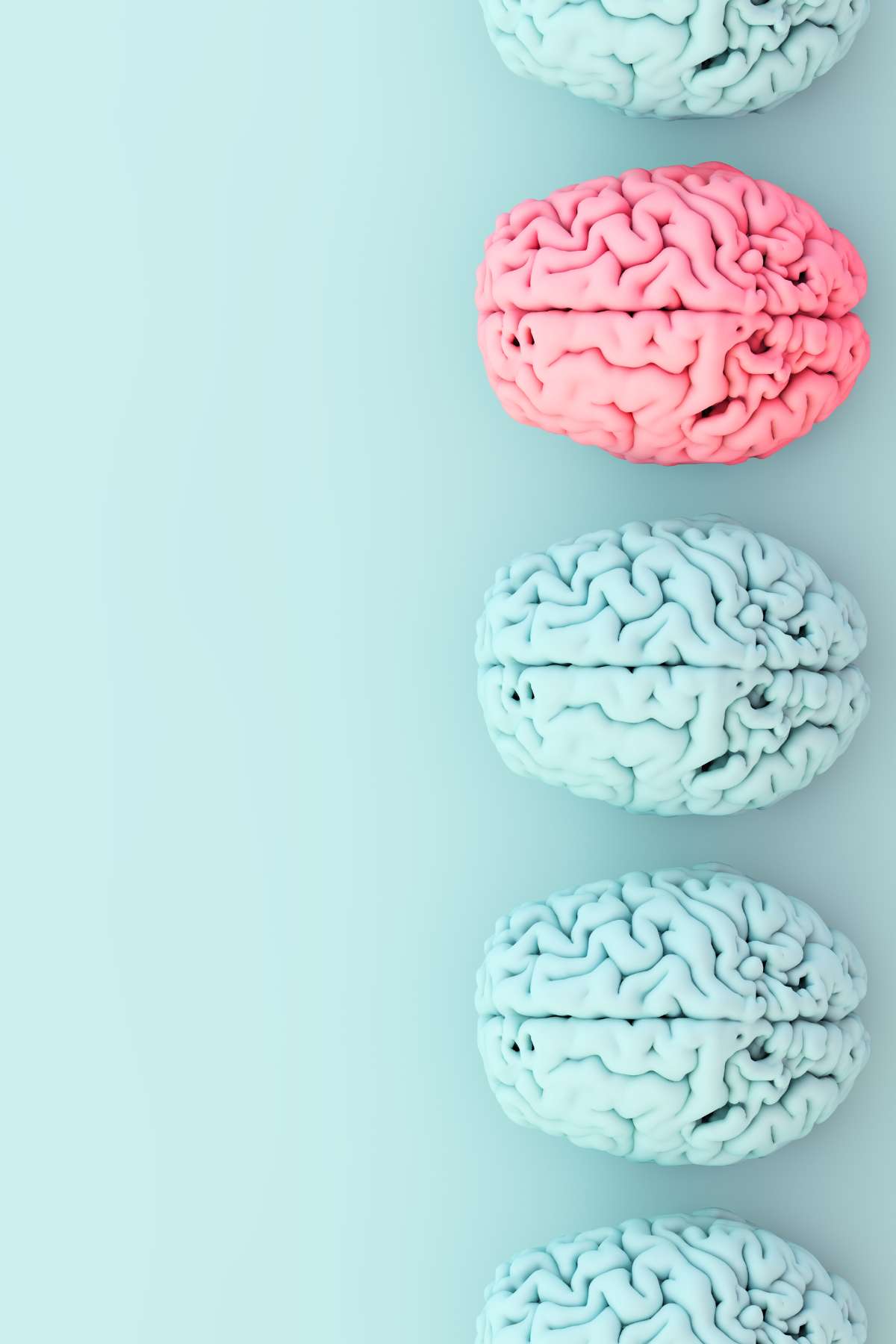
Disclaimer
We are not medical professionals, nor do we play them on the internet. This post is intended for informational purposes only and the topics discussed within should not be considered healthcare advice, diagnosis, or treatment.
Always seek the guidance of a health professional before making any dramatic changes to your diet or lifestyle.
Should you feel you may experience symptoms of low or high dopamine levels, or if you struggle with compulsions or addictions, please see a healthcare provider to discuss your situation and potential next steps.
🧬 What is Dopamine?
If you’ve spent any time at all exploring better living, mental health, general wellness, exercise, etc., you’ve definitely heard of dopamine – a.k.a the “feel-good hormone”. It’s more than that, though. It’s actually an important part of some important functions in your brain and body. Functions that can have a profound effect on your day-to-day and your overall health.
- It’s a type of neurotransmitter, relaying messages between your brain and the rest of your body. In that role, it’s an important factor in memory, attention, mood, motivation, cognitive function, and even lactation.
- It’s a hormone produced by your adrenal gland, and also a neurohormone released by your hypothalamus (essentially the event coordinator for your entire endocrine system and the gofer between your endocrine system and nervous system).
Human brains naturally seek out actions and behaviors that trigger a “dopamine hit”. Those actions release dopamine into your brain and making you feel good. You then begin to associate those actions with that pleasure boost, Pavloving yourself into a higher baseline (and tolerance) over time.

🎊 What Counts as a “Dopamine Hit”?
Literally anything that brings you pleasure can boost your dopamine and activate your reward pathway. Obviously, different people find different amounts of pleasure from different sources. Some of these may not apply to you specifically. That’s ok.
In general, though, dopamine-boosting activities and behaviors include things like…
- Exercise
- Drinking coffee
- Drinking water
- Receiving “likes” and comments on social media
- Playing video games
- Reading a book
- Having sex
- Smelling your favorite candle
- Eating food you like (especially sugar)
- Listening to music or audiobooks
- Spending time in the sunshine
High-stress situations can also elevate your dopamine levels – but only to a point. Studies have shown that chronic stress can actually suppress dopamine production.
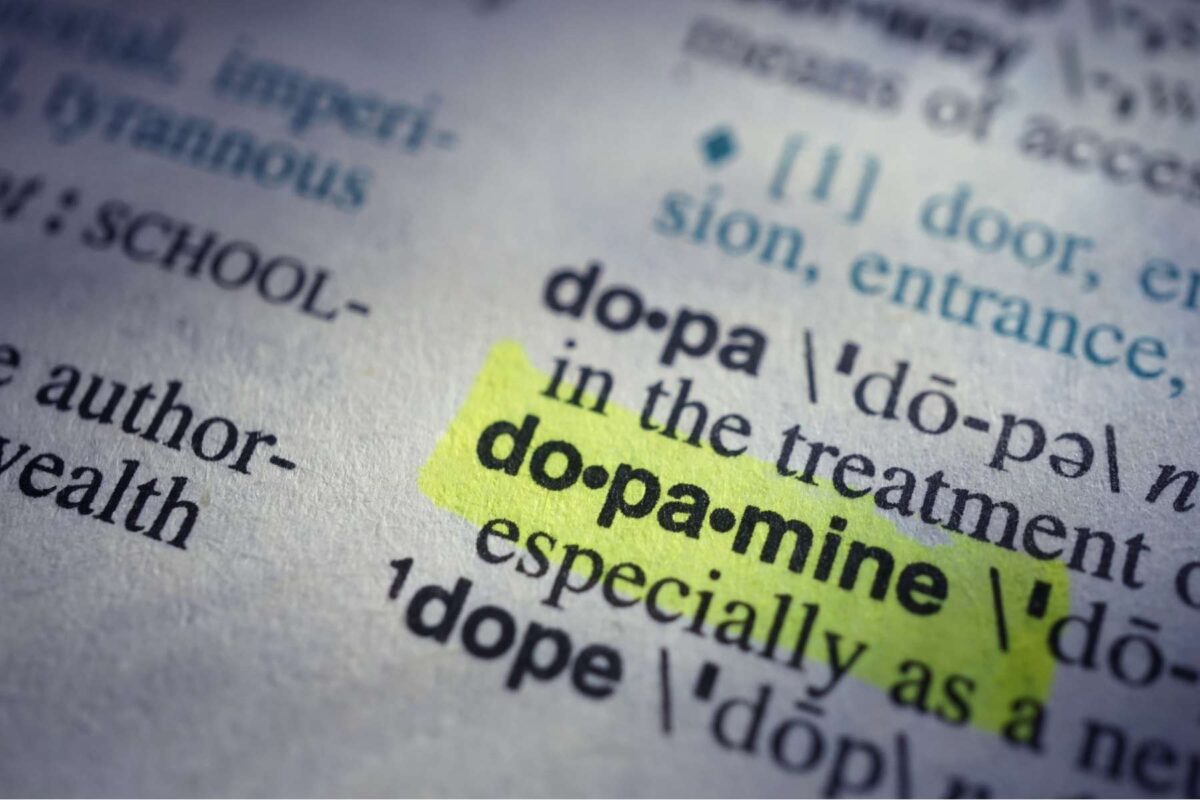
📊 Too Much Dopamine vs. Too Little Dopamine
When your dopamine levels are high, you might feel super energetic. You could also have trouble sleeping, poor impulse control, struggles with disordered eating, addictive behaviors, chest pain, headaches, and serious aggression.
Low dopamine can make you feel fatigued, lethargic, unmotivated, unfocused, hopeless, and anxious. It can also cause brain fog, muscle spasms, constipation, and general aches and pains.
Balanced dopamine levels can lead to improved cognitive functions, an increase in attention-span and creativity, and mood stabilization.
Of course, brain chemistry is complicated. There’s so much about it that even the most experienced neurologists, psychiatrists, researchers, etc. are still figuring out. Dopamine is just one component of a very intricate web. Boiling everything down to high vs. low dopamine levels is unfair and inaccurate.
🎛️ Can You Control Your Dopamine Levels?
For someone struggling with dopamine levels longterm or experiencing extreme highs or lows, prescription medications may be a beneficial tool. Dopamine agonists work to activate dopamine receptors in your brain. Dopamine antagonists work to block them.
Which type and brand a person would take depends on that individual’s specific dopamine levels and the symptoms they’ve experienced.
Should you feel a medication is the right path for you, please consult with a healthcare professional to discuss options, potential side effects, and possible results.
There are ways to naturally boost dopamine production. Things like taking a walk, reading a book, listening to music, or meditating. Some research indicates there may even be nutritional links to dopamine levels. More studies are needed, but so far it’s recommended to focus on protein-rich dishes and incorporate more leafy green vegetables.
There’s also one theory of DIY dopamine-improvement that’s gained a ton of traction and attention in the last few years. I bet you’ll never guess what it is…
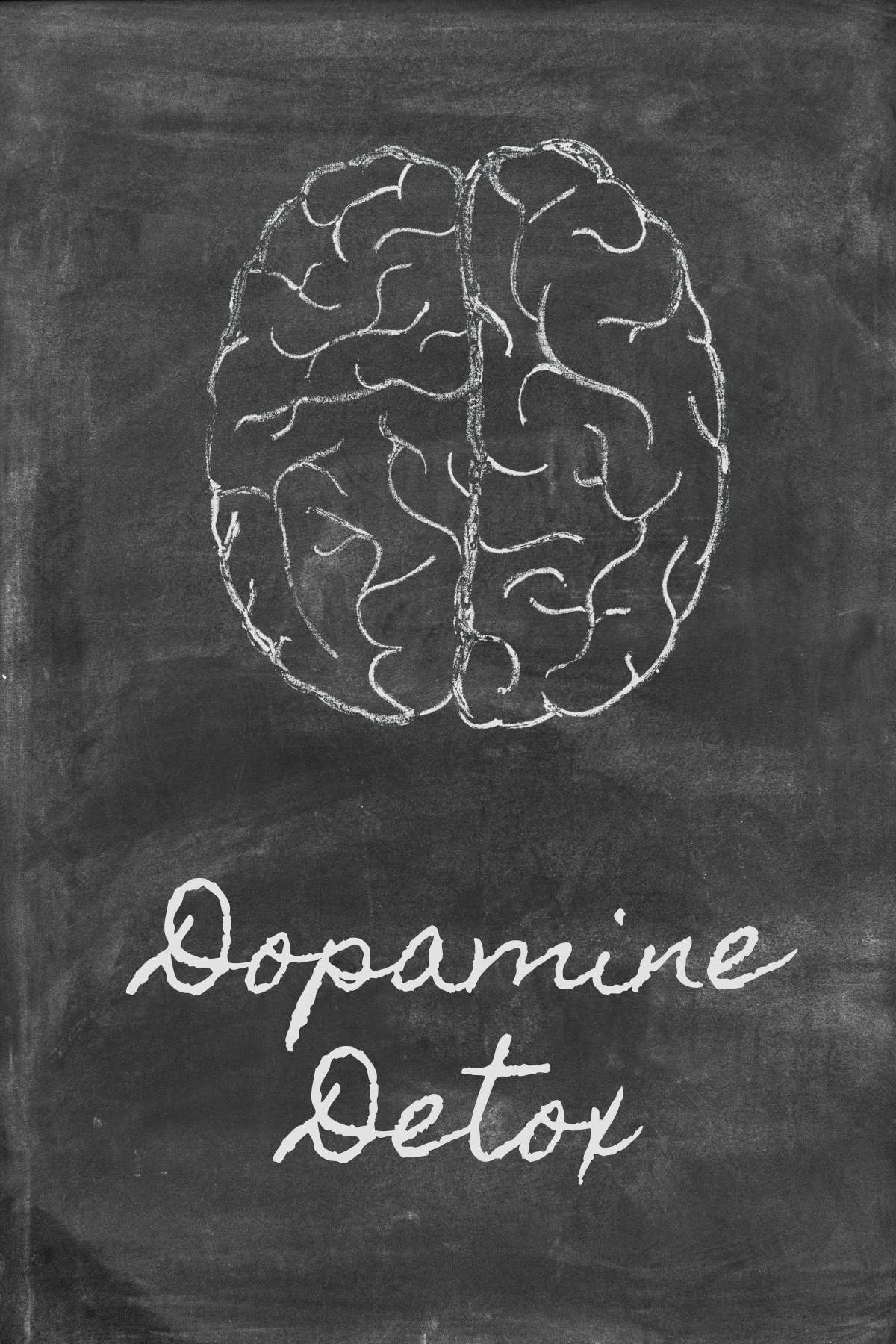
🤔 What is a Dopamine Fast?
Dopamine “detox” is kind of a misnomer. You can’t “detox” from dopamine. Also, you don’t really want to detox from it, even if you could.
“Detox” means to “rid the body of toxic or unhealthy substances”, and dopamine is neither. Your brain naturally produces it, and your brain needs it. You can’t really “rid [your] body of” it.
What most people refer to as a “dopamine detox” is more of a fast from specific activities that lead to constant dopamine elevation. Typing “dopamine-increasing-stimuli deprivation” over and over again gets old, though, and the branding needs some work. We’ll just stick to using “dopamine detox” and “dopamine fast” interchangeably.
However you term it, the goal behind this method of cognitive behavioral therapy is an attempt to reset and retrain your dopamine levels. Ideally, your dopamine level hums along at a healthy baseline. Throughout the day, different triggers and stimuli make that baseline spike. A dopamine hit! In between spikes, it resets back to the baseline, and you get to mentally decompress.
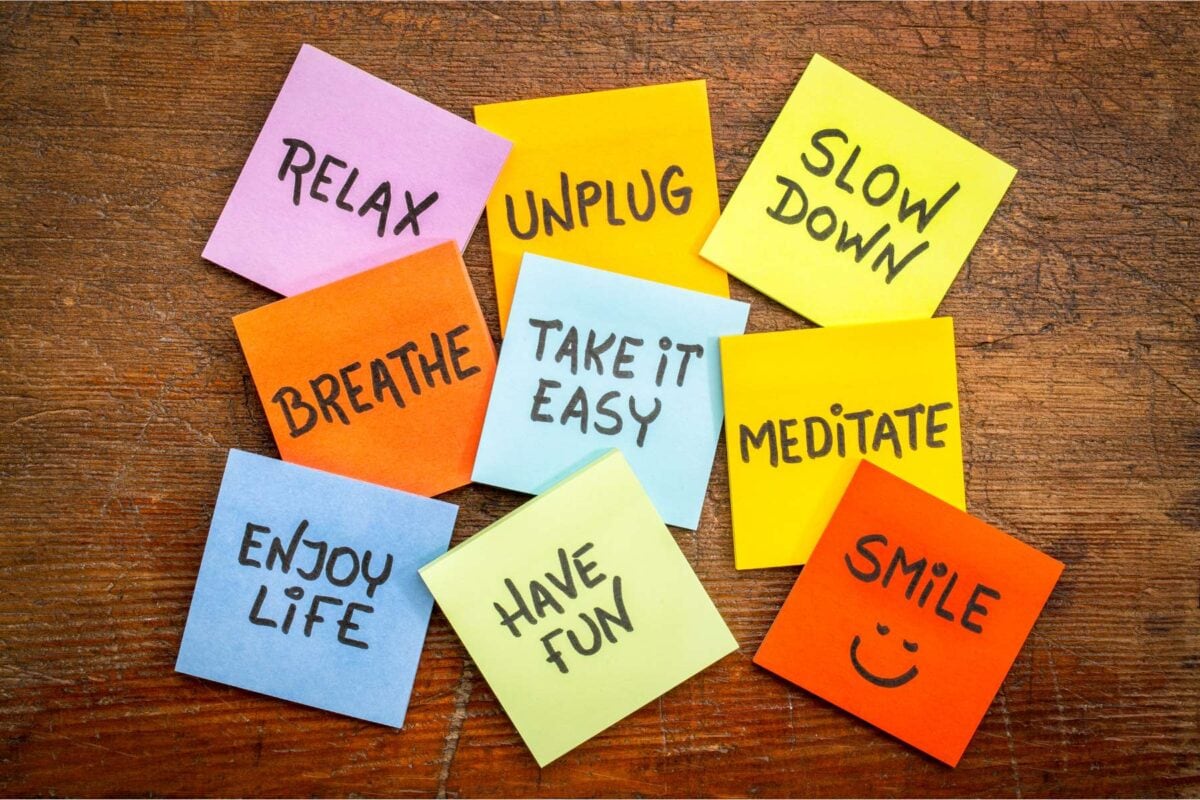
🧠 The Theory Behind Dopamine Fasting
Today, reality is always-on, always-connected, always-all-over-the-place. Our brains are constantly bombarded by stimuli from every direction. Sights, sounds, smells, tastes, emotions, feelings, behaviors… The onslaught can make those dopamine spikes more intense, more sustained, and more frequent. Think about it. Smartwatch notifications, delivery updates, constant feed refreshes, 24/7 emails, those red notification dots next to every app on your homescreen… It’s a lot.
The general idea is that, over time, your brain gets used to the constant stimulation. Because of that, your dopamine baseline elevates. Now what used to give you a boost is the bare minimum. Your brain is chasing hits, so you have to put in more time and energy to get them. When you do get the dopamine you needed, the boost reinforces those behaviors, and the cycle continues.
A dopamine detox is an intentional unplugging. A mindful detachment from the constant stimulation of daily life. It requires you becoming aware of the behaviors, activities, habits, and impulses that are harming your overall well-being. Once you do, you can restrict that stimuli for a period of time to “retrain” your brain.
“An evidence-based technique to manage addictive behaviors, by restricting them to specific periods of time, and practicing fasting from impulsively engaging in them, in order to regain behavioral flexibility.”
– Dr. Cameron Sepah, psychologist behind dopamine fasting
🏁 Where Did the Trend Start?
Though it’s dubbed by some to be a “productivity fad” dreamed up by tech bros in 2020 Silicon Valley, that’s not actually the dopamine detox origin story, though. Also, nothing about this is limited to men working in digital tech.
The concept originated with a 2019 post by Dr. Cameron Sepah (who does work as an executive psychologist and coach to CEOs and venture capitalists in Silicon Valley). That post went viral, but too many people misunderstood the science and message of the original piece, so Dr. Sepah wrote a follow-up post just a few months later.

💭 How to Dopamine Fast
A lot of different approaches to a dopamine detox have popped up over the last few years. Be careful which ones you follow, though. Some of them are pretty extreme and miss the original point and goal of the fast.
Remember, you can’t actually detox from dopamine, and you wouldn’t want to. That’s not the goal. The goal is to recognize and refrain from problematic and/or unhealthy behaviors for you personally. Once you’ve broken away from those, you can replace them with healthier, more effective behaviors.
🔍 How to Identify Behaviors to Fast From
This entire process is really specific to each individual person. Behaviors that create problems in your daily life may not be an issue for your friend, sibling, or significant other. Because of that, there’s no way to definitively say “[X behavior] is an unhealthy behavior”. There are, however, a few general red flags you can look for to identify your specific behaviors.
Consider a dopamine detox for any behavior that…
- …makes you feel distressed, anxious, or distraught by the frequency of the behavior or the amount of time you spend doing the behavior; or
- …frequently interferes with your work schedule, social schedule, job performance, general responsibilities, or daily life; or
- …you are incapable of consistently reducing or eliminating despite desperately wanting to.
🎯 Common Behaviors to Target During a Detox
So, what might these problematic behaviors look like for you? Dr. Sepah identifies 6 categories of behaviors so common that most people struggle with at least 1 of the 6.
- Emotional Eating – especially foods that tend to be highly-rewarding and highly-addictive. These are typically ultra-processed foods with added ingredients to make them overly sweet, salty, savory, or spicy, as well as combinations of carbs and fat like mac & cheese or other “comfort foods”.
- Internet Use & Gaming – primarily movies, TV, social media, or anything that needs a lot of clicking, scrolling, and input from you. It’s hard to disconnect from the internet entirely nowadays, but you can be strict and intentionally mindful about when and how you use it. Give your brain a sustained internet-break daily. Your mind and body will thank you.
- Gambling & Shopping – this doesn’t mean not to buy groceries or toilet paper or shampoo or replacement jeans. You can keep shopping for your must-have-to-get-through-the-day items. Just avoid impulse shopping and buying things that aren’t legitimate needs at that exact moment.
- Porn & Masturbation – intentional and intimate sex acts are fine during a dopamine fast. Avoid any that are impulsive, compulsive, disconnected (not mindful), and/or a health hazard.
- Thrill Seeking & Novelty Seeking – anything that gives you an adrenaline rush, is high-energy, or that elicits euphoria or fear would fall under this category. It includes things like watching scary movies, driving recklessly, skydiving, playing extreme sports, getting in fights, shoplifting, shooting espresso (or alcohol), and even jamming out to your favorite hype playlist.
- Recreational Drugs – but not just the drugs you think of when you hear “recreational drugs”! During a dopamine detox, you’d also want to eliminate alcohol and caffeine if they cause issues in your daily life. Not technically considered recreational drugs, but still potentially addictive for some people.
✅ What to Do During a Detox
Start replacing those unhealthy behaviors or activities with the healthier ones that better fit your life, needs, and values. If you spent too much time mindlessly scrolling socials, maybe you want to replace that with exercise. Realized caffeine was a large and detrimental part of your everyday? Replace lattes and sodas with water and substantial electrolytes. Be mindful and intentional with your actions and choices. Breaking habits isn’t easy, but it can be done.
Also, use your detox to reflect. What’s happening around you when you feel the urge to engage in fasted activities? How are you feeling mentally and emotionally when that urge arises? How do you feel each time you consciously choose not to give in to those urges? Are you finding it easier to resist those second-nature activities the longer you refrain from them? Do you miss the activity or behavior itself? What positive activities or behaviors have you been able to participate in during time that otherwise would’ve been taken up by problematic behaviors? Has your day-to-day mood or mental health improved since you started your dopamine detox?
Being aware of the immediate and longterm results of the fast will reinforce those healthy behaviors, making you more likely to stick with them.
🚫 What Not to Do During a Detox
There’s no hard-and-fast list or rules of what you can and can’t do during your dopamine detox. The fast is not meant to make you unplug all your devices, cut off contact with your friends and family, or go on a week-long meditation retreat. Don’t delete your socials, don’t stop exercising altogether, and don’t make any other extreme behavioral changes you might hear people encourage when they talk about dopamine fasting.
⏱️ How Long Should You Fast?
Some people recommend a solid week of detox, others a solid month. Honestly, you can do this process as long as you want and however you want. Keep in mind that this isn’t supposed to be a punishment or deprivation – just a way to regain control of the cycle.
One approach to a dopamine detox is to start with small, achievable goals that you can gradually increase over time. If that sounds ideal to you, you might like the general time blocking method that Dr. Sepah refers to as FAST and FEAST windows.
- FAST: Don’t engage! During your fasting window, refrain from participating in any of the impulsive or problematic behaviors or activities you’re trying to break away from.
- FEAST: Let yourself go (a little). 1-3 times a day, give yourself a 5-30 minute window where you’re free to participate in your specific unhealthy behaviors or activities. Limit participation to these windows only.
Restricting impulsive, addictive, and/or problematic behaviors to just a few hours a day isn’t easy! If you struggle with the boundaries at first, that’s ok. Try not to get frustrated, and definitely stick with it. If you are able to adapt to the specific windows, your overall ability to manage your energy, attention, and time should improve as a result.
👍🏼 TL;DR – Trendy or Try It?
Don’t let the hype scare you away from this one. Too many wellness trends aren’t even worth watching a TikTok about, but the logic and science behind Dr. Sepah’s dopamine detox theory seem pretty sound.
Skip over extreme versions that want you to give up all pleasurable experiences for any length of time, though. There’s no reason to make yourself completely miserable.
A dopamine detox may not be for everyone. Maybe you don’t have any behaviors that cause you mental anguish or negatively impact your overall health. In that case, you might not see much benefit from a detox.
For others who do relate to general feelings or specific behaviors mentioned in this post, implementing a process like dopamine fasting that encourages mindfulness, intentionality, and accountability could be incredibly helpful.
Reminder!
We are not medical professionals, nor do we play them on the internet. This post is intended for informational purposes only and the topics discussed within should not be considered healthcare advice, diagnosis, or treatment.
Always seek the guidance of a health professional before making any dramatic changes to your diet or lifestyle.
Should you feel you may experience symptoms of low or high dopamine levels, or if you struggle with compulsions or addictions, please see a healthcare provider to discuss your situation and potential next steps.
📖 Read More on Health & Wellness
- All About Adaptogens + How They Can Help You Perform, Sleep, and Feel Better
- Best 5 Adaptogens For Anxiety Relief And Stress Reduction
- One Day Detox
- All About Lion’s Mane & Its Benefits
- 6 Gentle Natural Detox Methods
- 20 Self Care Ideas for a Healthy Happy You
- Immune System Booster Shot Recipe (Maximum Strength!)
- Seed Cycling Balls (Hormone Balancing Energy Bites)
- All About Ashwagandha
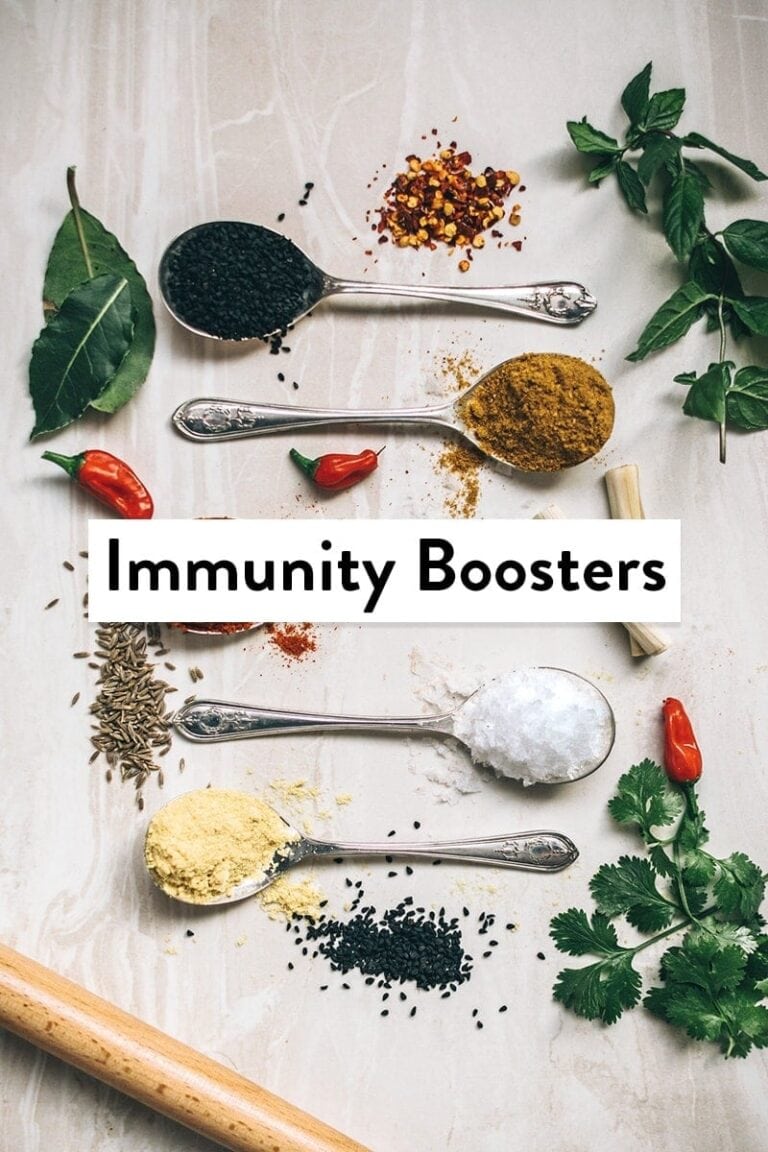















Never Miss A Meal!
New Recipes Straight To Your Inbox
A curated selection of our most recent recipes, delivered straight to your inbox once a week.
Thank you!
You have successfully joined our subscriber list.